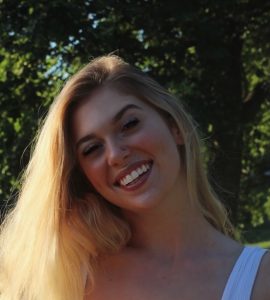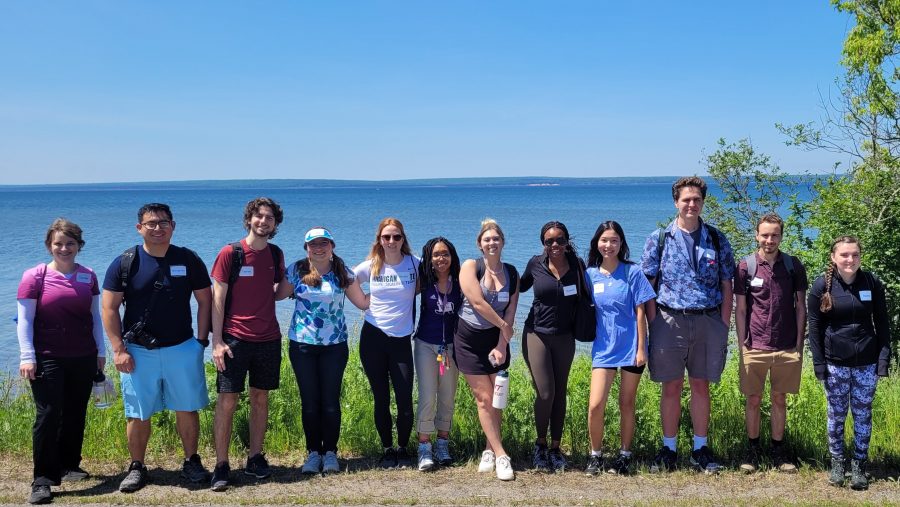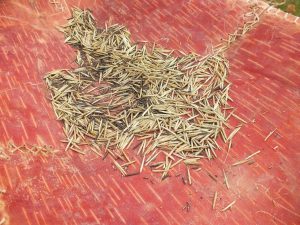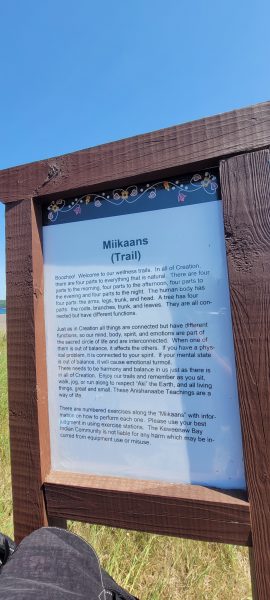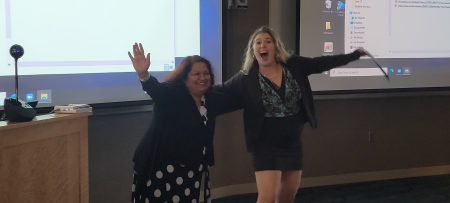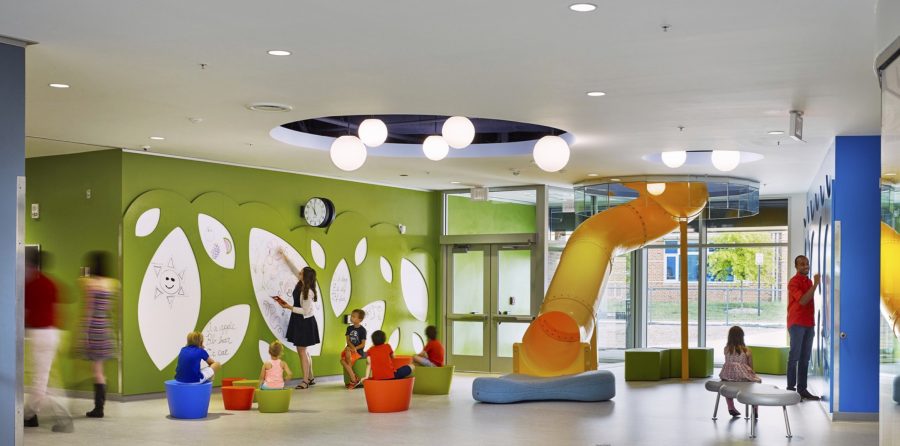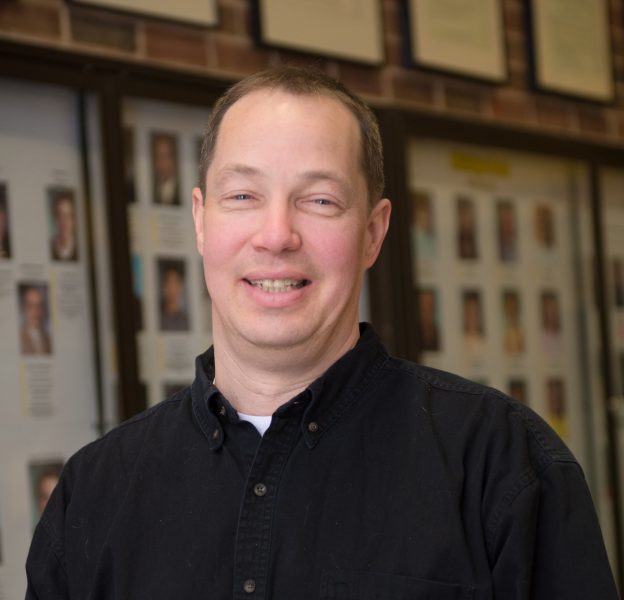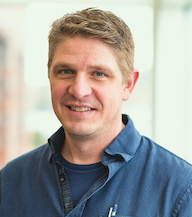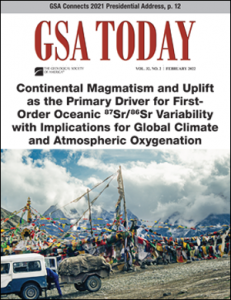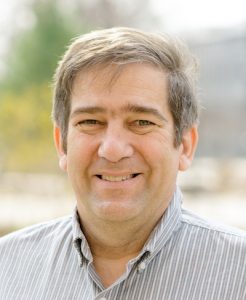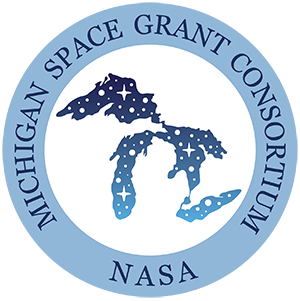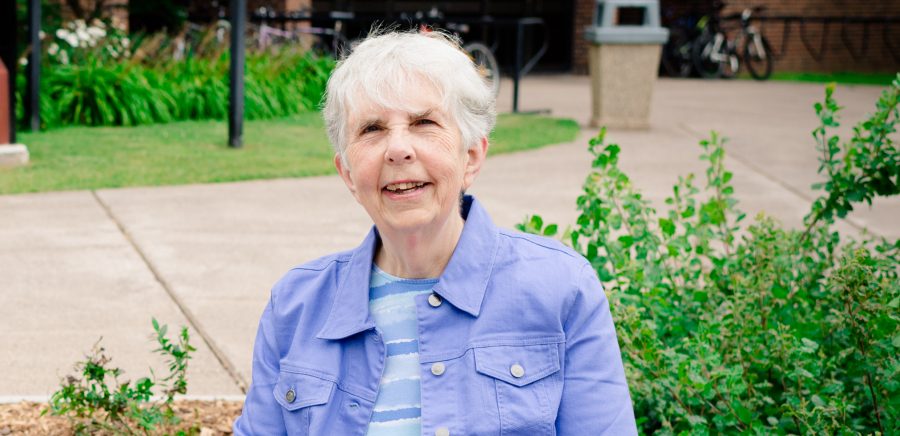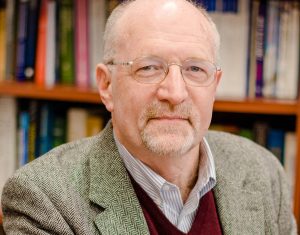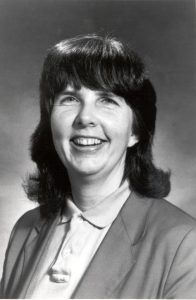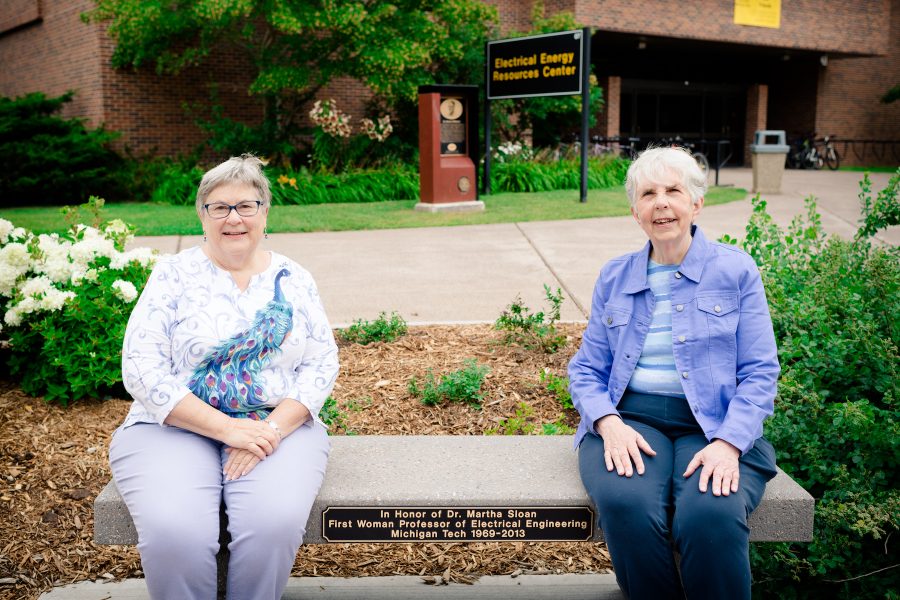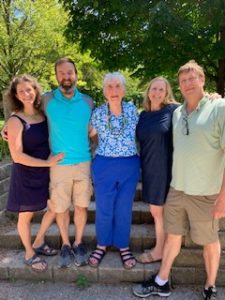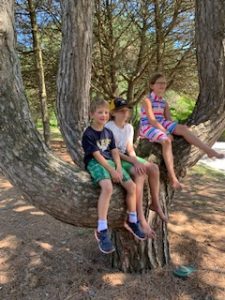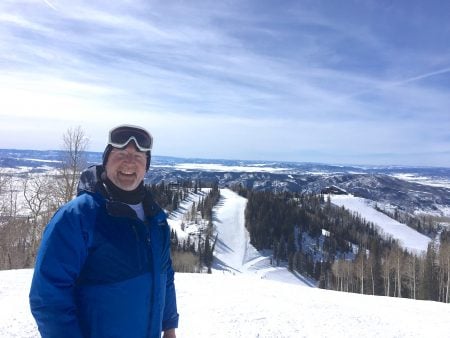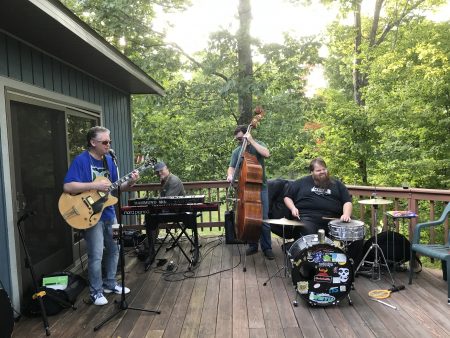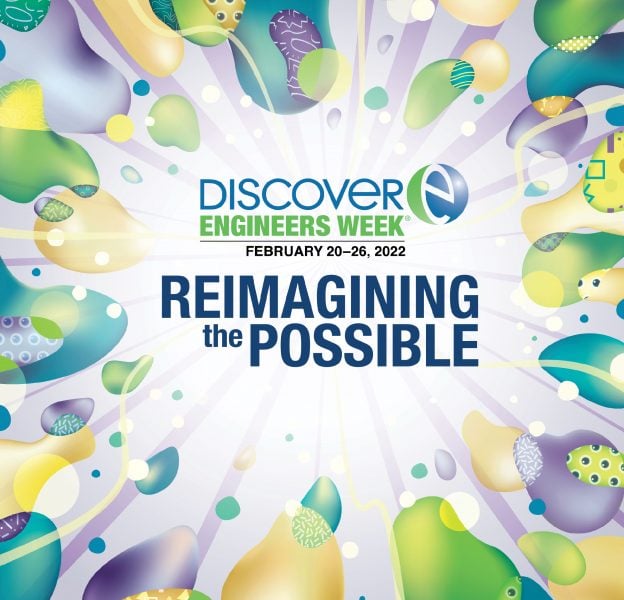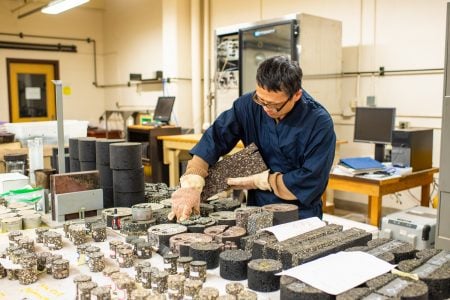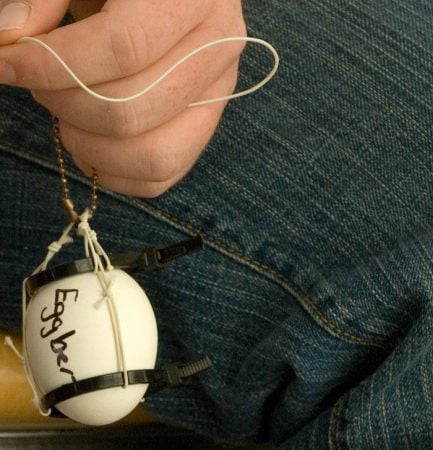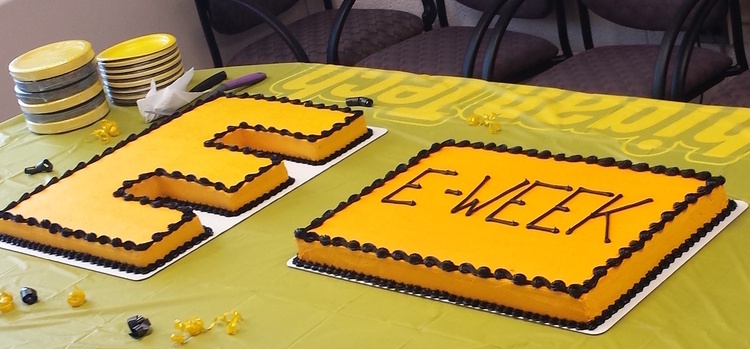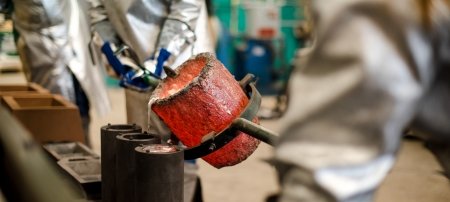
Just how well do students involved in Michigan Tech’s Enterprise, Senior Design, and Capstone Design address design challenges? You be the judge—volunteer at Design Expo 2022!
Now’s the time to consider serving as a distinguished judge at Design Expo, coming up on Thursday, April 21, 2022 from 10 am to 2 pm at the J. Robert Van Pelt and John and Ruanne Opie Library. The event will take place in person this year.
“We welcome judges from various professions, disciplines, and backgrounds to serve as judge,” says Briana Tucker, Enterprise Program Coordinator at Michigan Tech.
Hosted by the Enterprise Program and the College of Engineering as an annual event, Design Expo highlights hands-on, discovery-based learning at Michigan Tech. More than 1,000 students in Enterprise and Senior Design teams showcase their work and compete for awards, allowing students to gain valuable experience and direct exposure to industry-relevant problems.
In-person judging at the Opie Library on the day of the event usually takes about an hour, depending on the number of volunteers.
This year, prior to the event on April 21, judges will gain access to a digital gallery of student-created videos, in order to preview the videos prior to judging.
“Whether a judge or simply a guest, your involvement in Design Expo is greatly valued by our student teams and makes an important contribution to their education.”
Design Expo 2022 is generously supported by industry and University sponsorship, with Thompson Surgical as Executive Partner, and ITC Holdings as Directing Partner for the eleventh consecutive year. Additional partners include Globalization Partners, Property Management Inc., Winning by Design, Plexus, Husky Innovate, Altec. Inc., and OHM. These nine partners, along with more than a hundred project and program supporters, have made a strategic investment in our educational mission at Michigan Tech.
Sign Me Up!
Please visit Michigan Tech’s Design Expo Judges and Guests page for more information and to register to judge by Friday, April 8, 2022.
To be considered as a judge, please commit to the following:
- Attend Design Expo for about an hour, sometime between 10 a.m. and 2 p.m. on April 21, 2022, to visit assigned teams.
- Review and score assigned team videos via RocketJudge, an online platform, between April 18 and April 21, 2022, prior to the start of Design Expo.
Each judge will be assigned 3-5 teams to score throughout the judging period.
Judges will then evaluate and score their same assigned teams during the in-person Design Expo event from 10 a.m. to 2 p.m. on Thursday, April 21 at the Opie Library on campus.
Who should judge?
- Faculty and staff
- Community members
- Alumni interested in seeing the accomplishments of today’s undergraduate students
- Those looking to network with Michigan Tech faculty and students
- Industry representatives interested in sponsoring a future project
- Anyone with interest in supporting our students as they engage in hands-on, discovery-based learning
Questions?
Feel free to contact Briana Tucker, Enterprise Program Coordinator from Michigan Tech’s Enterprise Program Office, at bctucker@mtu.edu.

